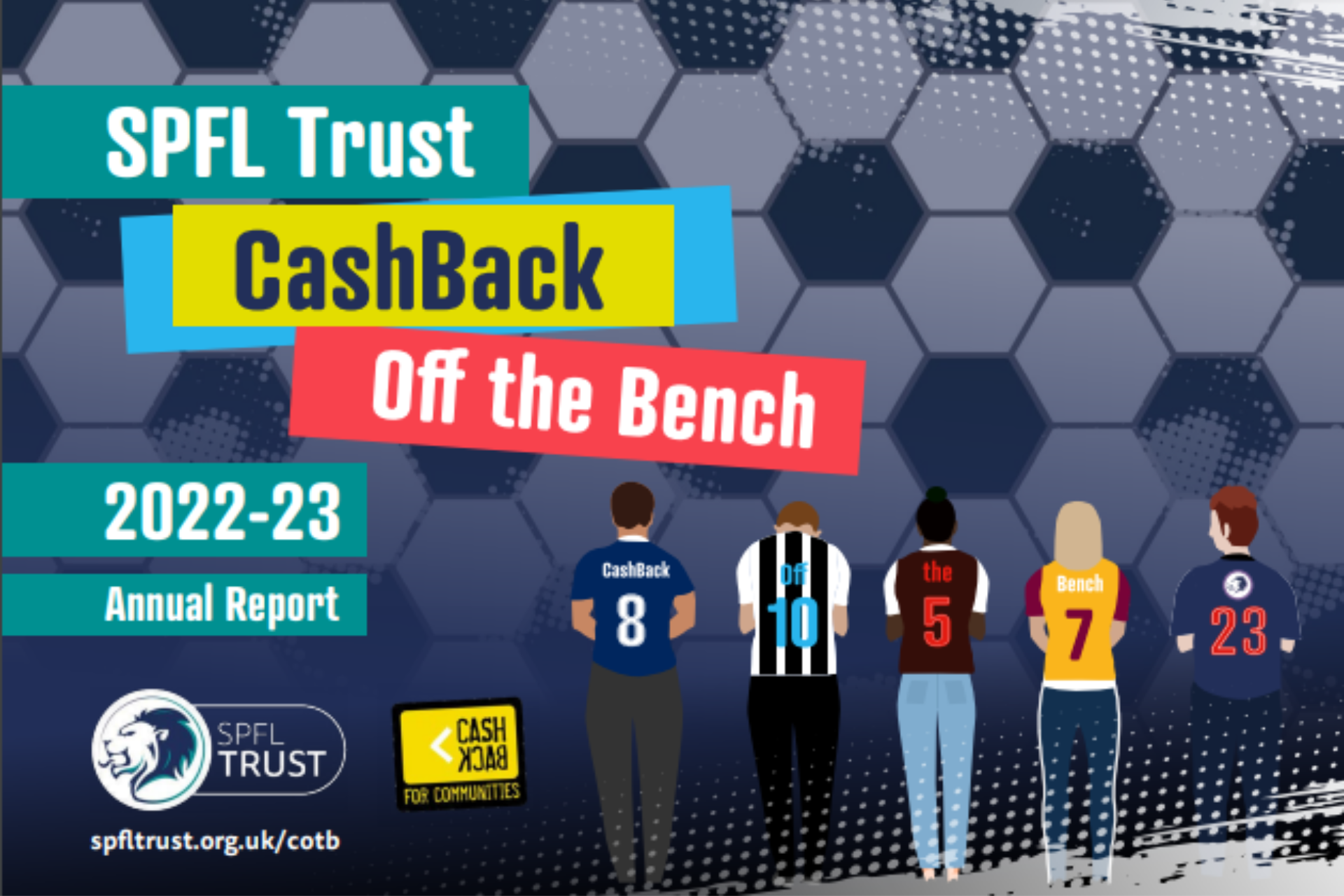International Safeguards for Children in Sport
Over the past 15 years, victims of all forms of violence in sport have started to be able to have their voices heard and responded to. Previously there has been little questioning of the perception that sport is only a force for good for young people.
Until the late 1990s early 2000s very few sports organisations had put in place systems and structures to respond to complaints about the behaviour of adults or other young people. We now know enough from research and evidence to be clear that sport does not always take place with a focus on children’s rights at its centre, or sometimes fails to fully consider the risks to children, leading to organisational cultures that don’t allow for the discussion of harm and abuse (Brackenridge, Kay & Rhind, 2012).
Child safeguarding in sport and in sport & development is a set of actions that help to ensure all children participating in sport have a positive experience.
This document introduces 8 key steps on the safeguarding journey:
- Developing your policy
- Procedures for responding to safeguarding concerns
- Advice and support
- Minimising risks to children
- Guidelines for behaviour
- Recruiting, training and communicating
- Working with Partners
- Monitoring and Evaluating
Download Document

Protected: Eredivisie releases handbook about the Theory of Change
There is no excerpt because this is a protected post.

SPFL TRUST – CASHBACK OFF THE BENCH ANNUAL REPORT
SPFL Trust‘s 2022-23 CashBack Off the Bench report is now available, highlighting another successful year of clubs and ATCs ...
Download Document
Protected: 12th EFDN Conference Presentations – Chelsea Antisemitism
There is no excerpt because this is a protected post.
